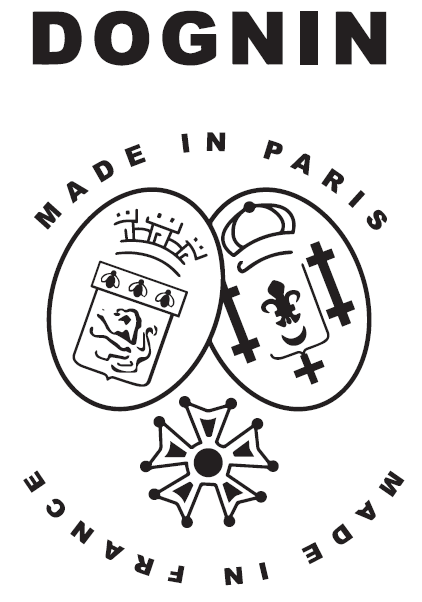
Japanese pounce patterns at the Ecole de Condé design school
A whole history with Japan
Our archives include three collections of Japanese pounce patterns or “katagami” dating back from the time when the Maison Dognin made lace. They are stencils that were made in Japan as early as the 12th Century. To print patterns on leather, and then on fabric, in particular for making kimonos.
They were cut out from a paper made from mulberry leaves (the silkworm tree) fermented in kakishibu (kaki (persimmon) juice), which made the paper solid and waterproof. Then the engravers made stencils by cutting out the patterns by hand. To use them, a rice paste was applied that made it possible to obtain resist patterns on the textile.
On observing the infinite delicacy and the wide variety of the designs, it becomes immediately obvious why they attracted the attention of lacemakers!
We were happy to lend one of the collections to Louise Koubi, a student at the Ecole de Condé design school, for restoration work. On May 16, 2019, Louise presented the work at a convivial evening at the School.
